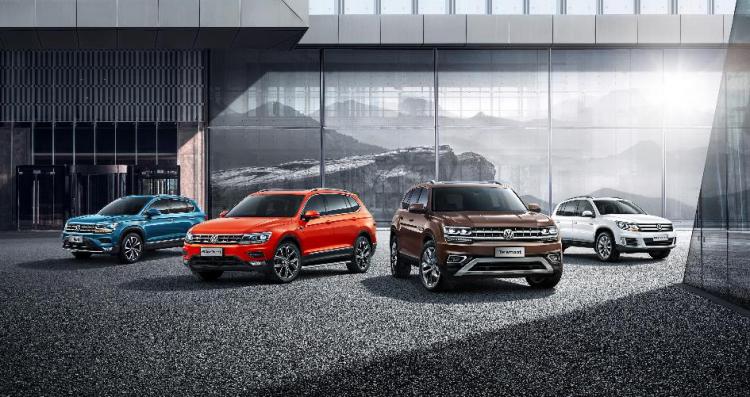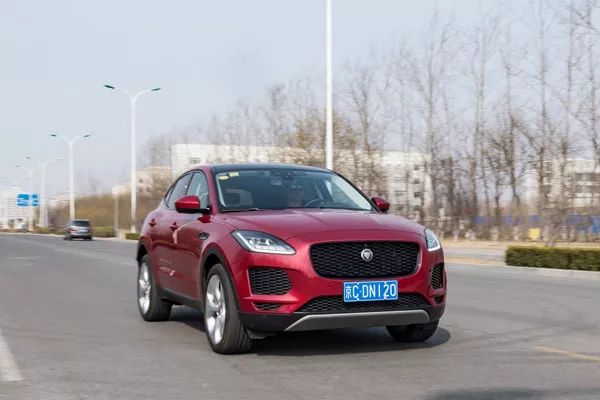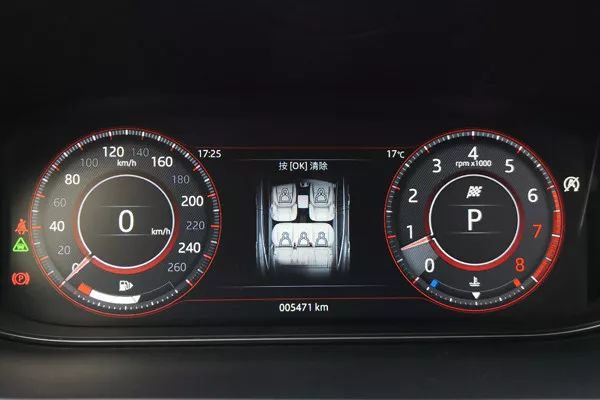“Elephant turning around” should be a word that has a high rate of exposure when people talk about the auto industry in the past two years. Many traditional auto companies have begun to talk about the road to transformation, and they have shown a posture of actively embracing the new era of smart electric vehicles. And behind this, a “monkey grandson” that has to be mentioned is Tesla, the electric representative that has stirred up the world of traditional car companies.
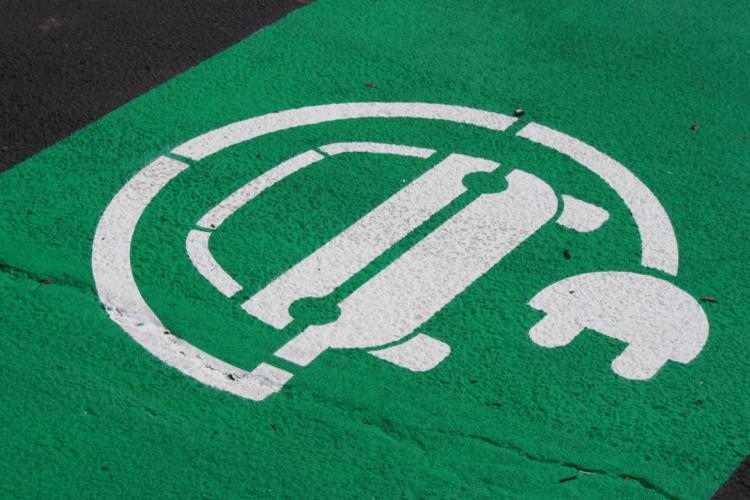
As a reporter who has reported on the auto industry for several years, the author also often thinks about a question, why can a small Tesla make such a big wave? In fact, it is not so much that it is ahead of the curve, it is better to say that traditional car companies underestimated the speed of technological and era change. Being able to make a lot of money by lying on the internal combustion engine naturally has no motivation to revolutionize itself.
But now, not to mention luxury brands such as Mercedes-Benz, BMW, and Audi, even those ultra-luxury brands that stood on the top of the pyramid in the era of internal combustion engines have begun to turn around. Bentley CEO Adrian Hallmark has to admit that now their customers are eager to own an electric car, so Bentley has to speed up the pace of research and development.
Not long ago, a camouflaged Porsche Taycan was photographed on the streets of Shanghai and attracted countless attention. As the first mass-produced pure electric vehicle of Frog King, the attention far surpassed that of the BMW i8. Aston Martin’s first pure electric supercar RapidE strives to be delivered to customers before the end of this year. Lamborghini plans to launch a plug-in hybrid version of the Aventador in 2021. Ferrari expects that 60% of its models in 2022 will be hybrid versions…
It is no exaggeration to say that today’s brands that still stubbornly insist on pure internal combustion engine models can only be seen as asking for a dead end.
What is the optimal route?
However, it can be seen from the different electrification strategies of the above-mentioned luxury brands that everyone is vacillating about the choice of technical routes. BMW launched the electric sub-brand BMW i as early as 2013, with extended range, plug-in hybrid, and pure electric all plugged in, but they didn’t make much of a name. Conservative like Ferrari only dared to test water and gasoline-electric hybrid, Porsche directly plunged into the embrace of pure electricity.
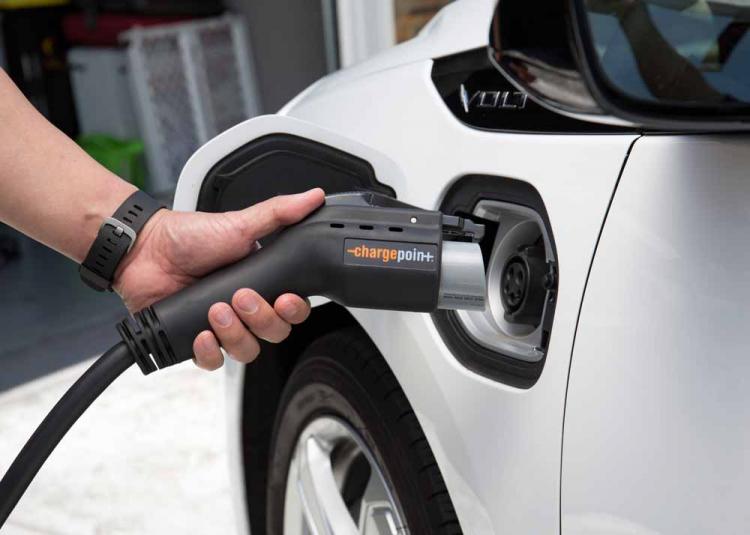
For luxury brands, what kind of route is the correct posture to embrace new energy?
Under the increasingly stringent emission regulations of various countries, ordinary gasoline-electric hybrids must no longer meet the emission requirements. Some brands choose to launch pure electric products directly, while others start with plug-in hybrids. But at this stage, these two modes are not the best choice.
The disadvantage of pure electric is mainly that the current level of battery technology is not enough to solve the pain points of users on cruising range and charging speed. It may be slightly better for ordinary family cars, but not for super sports cars that pursue extreme performance. Because pure electric vehicles are different from gasoline vehicles, gasoline vehicles are fuel-efficient at high speed and low-speed fuel consumption, while pure electric vehicles are the opposite. Therefore, the pure electric sports cars currently on the market are not enough to beat the fuel version in terms of endurance experience.
Plug-in hybrids are currently classified as electric vehicles in our country, because strictly speaking, they still use gasoline engines to drive vehicles. The extended-range hybrid vehicle uses a gasoline engine to assist the motor to drive the vehicle, which is more environmentally friendly. Wan Gang, vice chairman of the National Committee of the Chinese People’s Political Consultative Conference and chairman of the China Association for Science and Technology, also mentioned many times that the transformation from plug-in hybrid to extended-range hybrid should be promoted in time, which shows that from the policy and technical level, extended-range is the general trend.
However, in China, extended-range electric vehicles are not known to many people, mainly because traditional car companies have not focused on this, so consumers do not have many optional models. Not long ago, the ideal ONE launched by Chehejia, a new car company, has attracted a lot of attention, which has revived everyone’s interest in extended-range electric vehicles. In fact, in the United States, there is also an ultra-luxury electric car brand that has already created a mature extended-range electric sports car product.
Karma Stages Return of the King
As early as when Tesla built the first-generation Roadster, the famous designer Henrik Fisker launched the Fisker Karma model, which became popular in Hollywood. But a good designer is not necessarily a good entrepreneur. Later, Fisker was acquired by the Chinese parts giant Wanxiang Group and renamed Karma Automobile.
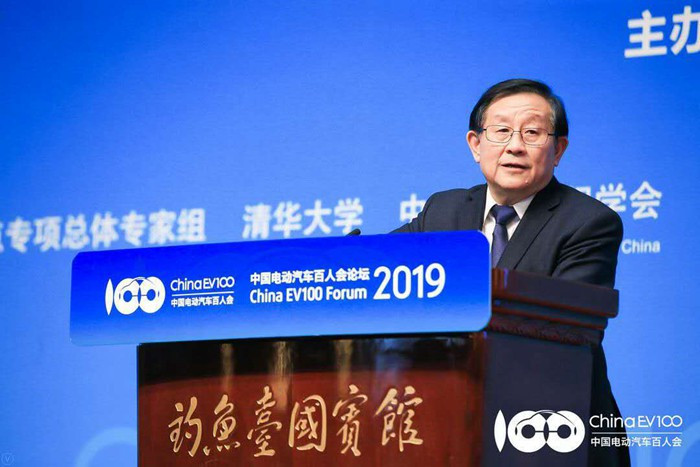
In the past five years, Karma, which is under the banner of Wanxiang, has not gained any sense of presence in China, but it is not really silent. Instead, it has devoted itself to research and development of new models in California, the United States, established its own brand positioning, and completed the production base, technology Center and distribution network construction.
Different from Tesla’s popular pure electric product positioning, Karma chose the extended-range route at the beginning, which effectively solved the battery life and charging problems; and insisted on the small-batch high-end customization model, which avoided being mass-produced like Tesla The funds were not enough to make ends meet, and the production and assembly of products and the texture of materials have maintained the level that luxury brands should have.
At present, Karma’s first model, Revero, has been launched in the United States with a price of 130,000 US dollars. At the same time, Karma has 18 dealers in North America, Chile, Egypt and other places. As for the Chinese market of its second hometown, Karma has not made any major moves before, but during the Shanghai Auto Show in April this year, Karma made a high-profile debut with three new models, which also opened the curtain for its entry into China.
Although this year’s Shanghai Auto Show is the stage for electric vehicles, the unavoidable fact is that the same products have made everyone feel a little bit of aesthetic fatigue. So the 2020 KarmaRevero GT, KarmaGT Designed by Pininfarina, and Karma SC1 VisionConcept have attracted everyone’s attention as soon as they were unveiled. This is indeed a truly exciting electric car that we haven’t seen for a long time.
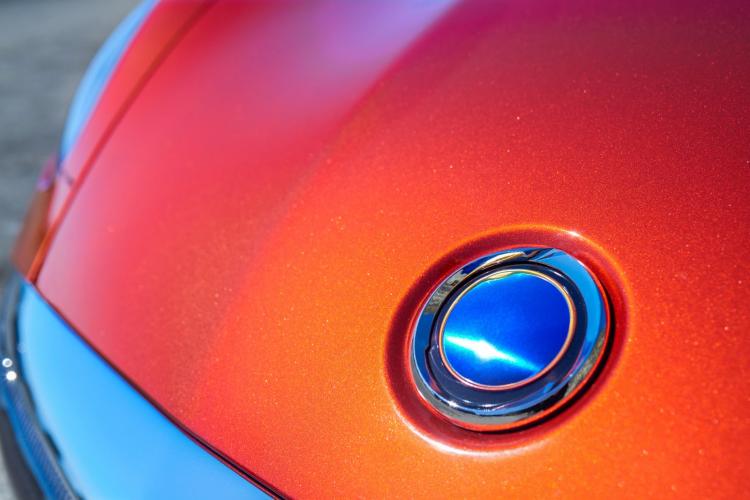
Whether it is the newly upgraded 2020 Karma Revero GT extended-range electric sports car, or the Karma GT Designed by Pininfarina, which was jointly created with the design industry guru Pininfarina, and the pure electric concept car KarmaSC1 Vision Concept, people have seen a continuous development in research and development. The innovative Karma car also demonstrated its technical path, which is to extend to pure electric power from the range-extending program.
It is reported that this year Karma Revero will enter the Chinese market by way of import, and Karma’s team is currently building channels. In 2021, Karma Automobile will officially start its road to China, and settle in Wanxiang’s innovative energy-gathering city in Hangzhou. There are complete new energy industry facilities here, and Wanxiang also holds precious new energy vehicle production qualifications, so Everything is ready for Karma.
A new model that breaks the tradition and is more open
Last month, Karma released the latest product platform e-Klipse and the “4+1” business model, once again demonstrating its unique prediction of the future development trend of the automotive industry.
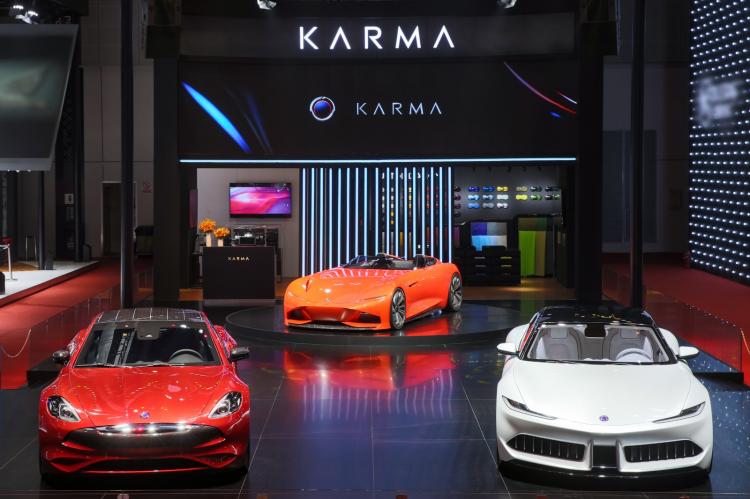
Based on the existing K1 1.0 and 2.0 two extended-range platforms, with the maturity of pure electric technology, Karma will also create a global pure electric platform e-Klipse, which will give birth to a variety of product types. Under the offensive of the extended-range + pure electric product combination, Karma will ensure its authoritative position in the field of luxury electric vehicles.
However, in the process of global transformation from fuel vehicles to electric vehicles, if electric vehicle companies only manufacture and sell cars, they will not be able to solve the problem of high investment, high cost, low output, and low profit in a short period of time. Slah has been verified.
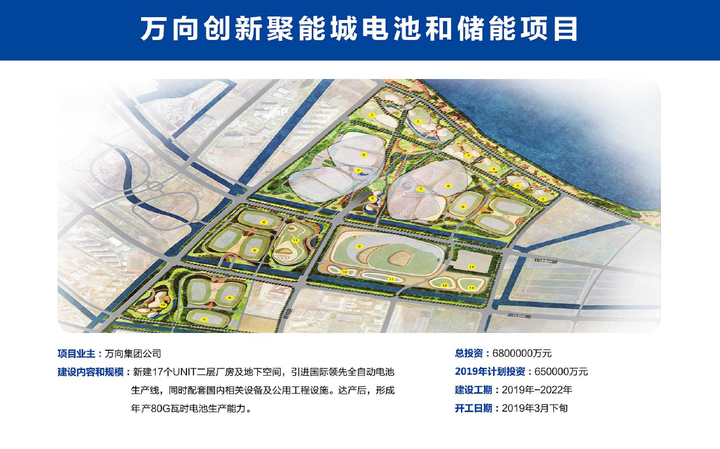
How to solve this problem, Karma Automobile has given its own answer in the “4+1” business model, which is to expand its positioning from a pure car manufacturer to a technical service provider and seek more diversified business types.
In addition to the high-end customized vehicle manufacturing business Karma Auto, Karma Technology, Karma Innovation and Customization Center, Karma Design and Karma Capital will also be launched.
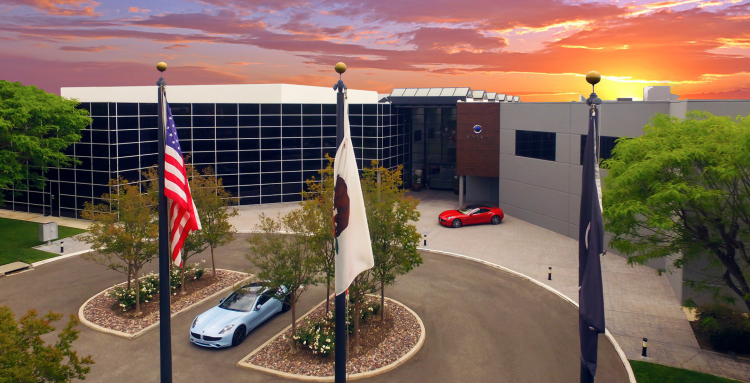
Among them, the technology developed by Karma Technology can not only be applied to Karma brand cars, but also provide engineering services to other car companies; Karma Innovation and Customization Center can provide manufacturing and customization services for car companies in need; Karma Design can provide car companies Provide characteristic design services; Karma Capital focuses on making strategic investments in technology companies and forming cooperative alliances.
In short, vehicle manufacturing in the future is only a part of Karma’s business. These technologies and accumulations are not only used for the Karma brand, but can also be provided to other companies as services. Karma itself is both an OEM and a supplier. This can not only achieve Maximizing benefits also makes Karma’s development more diversified, thereby creating more value.
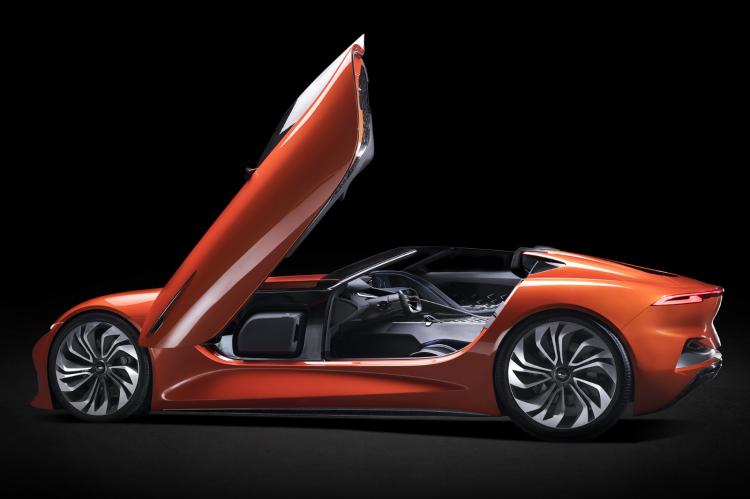
With a clear technical route and business model, as well as the support of a mature American team and investors, Karma Motors is just like a fish in water in the field of luxury electric vehicles. It is bound to cause bigger waves and rewrite the entire industry structure. Let us wait and see Bar.


